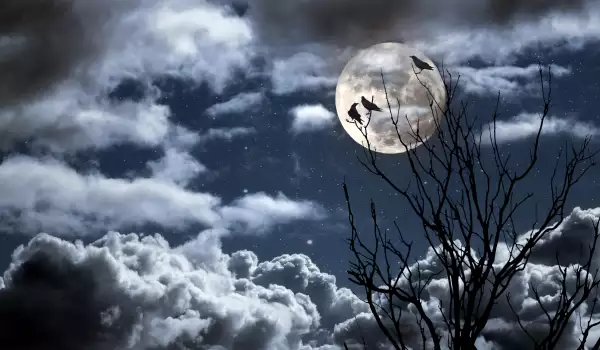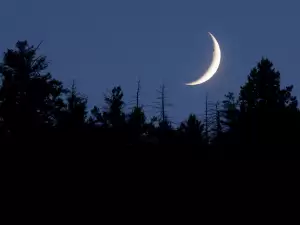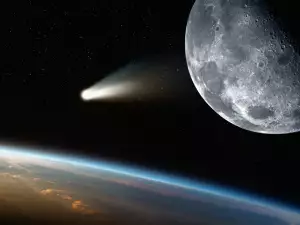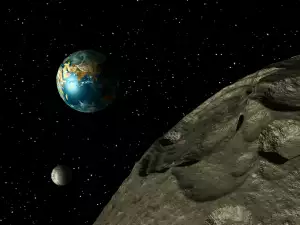This Saturday, November 4, during its full moon phase, the Moon will be at its nearest point to Earth. The last time our planet's natural satellite was this close was 60 years ago.
The Moon's closest approach is going to be just 222 587 mi(358 219 km) away. The last time the distance between it and Earth was this small was in 1948.
This position of the Moon is called the perigee, and it will make its moonlight shine 30% brighter, while the disk in the sky will be 14% larger.
However, the Moon isn't going to be a blood red color, as it would have been if the supermoon were to occur during summer. The Moon will be visible in its usual pearl-white nuance.
Another supermoon will also be noticeable in December but the Moon won't be as close to Earth then as it will be on the night of November 4.
Astronomers aren't particularly fond of the popular term "Supermoon". They prefer using the scientific term: lunar perigee. The perigee is the nearest point to Earth that the Moon reaches along its elliptical orbit.

The Moon completes 1 full orbit around the Earth, as well as 1 full rotation around its own axis, about every 28 days. The Moon phases themselves are affected by the shadow our planet casts on its dark surface. But its orbit isn't absolutely the same every time, varying slightly throughout the different months.
Believers of the mystical state that natural disasters can also occur during a Supermoon, including earthquakes and floods. It can even have an influence on the human psyche.











